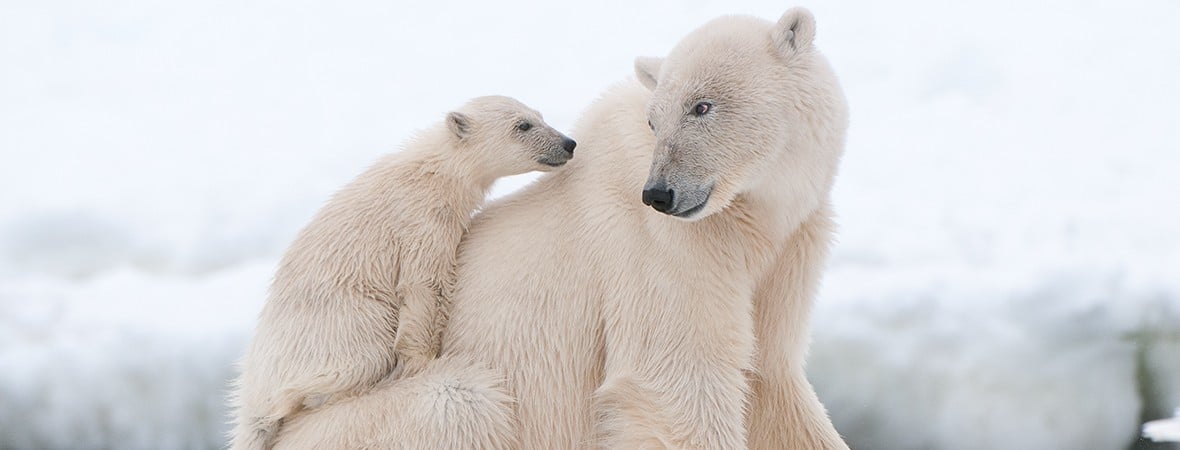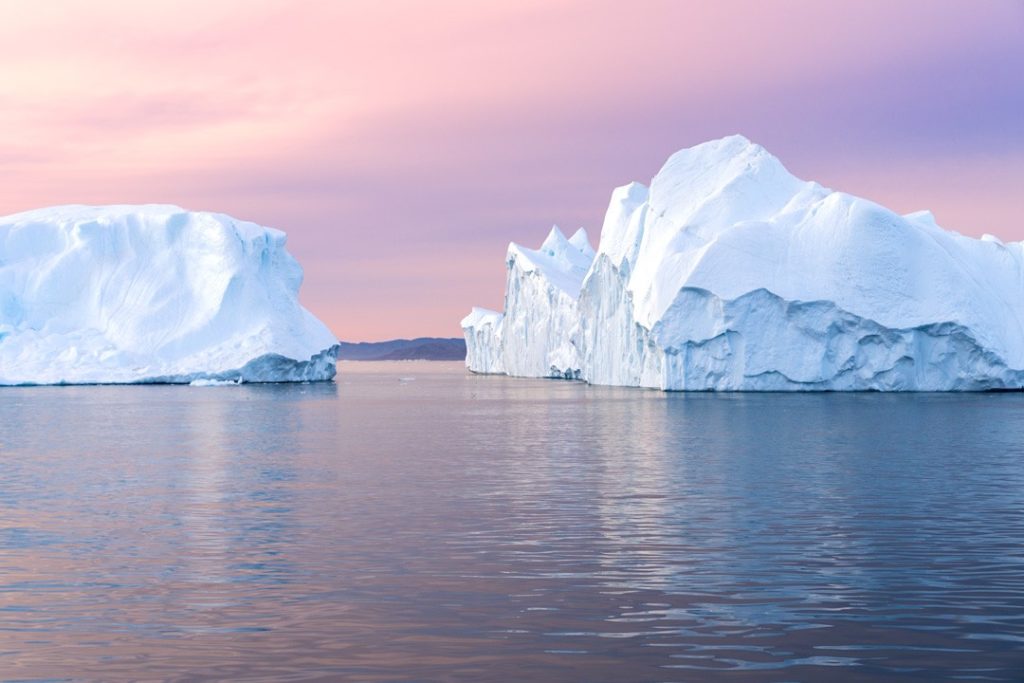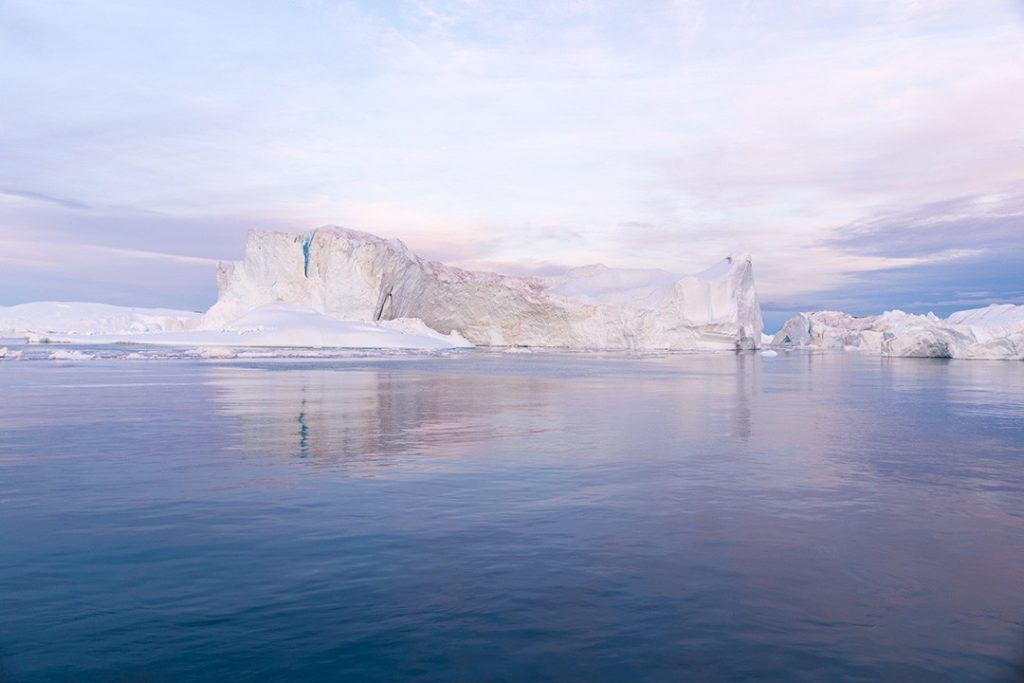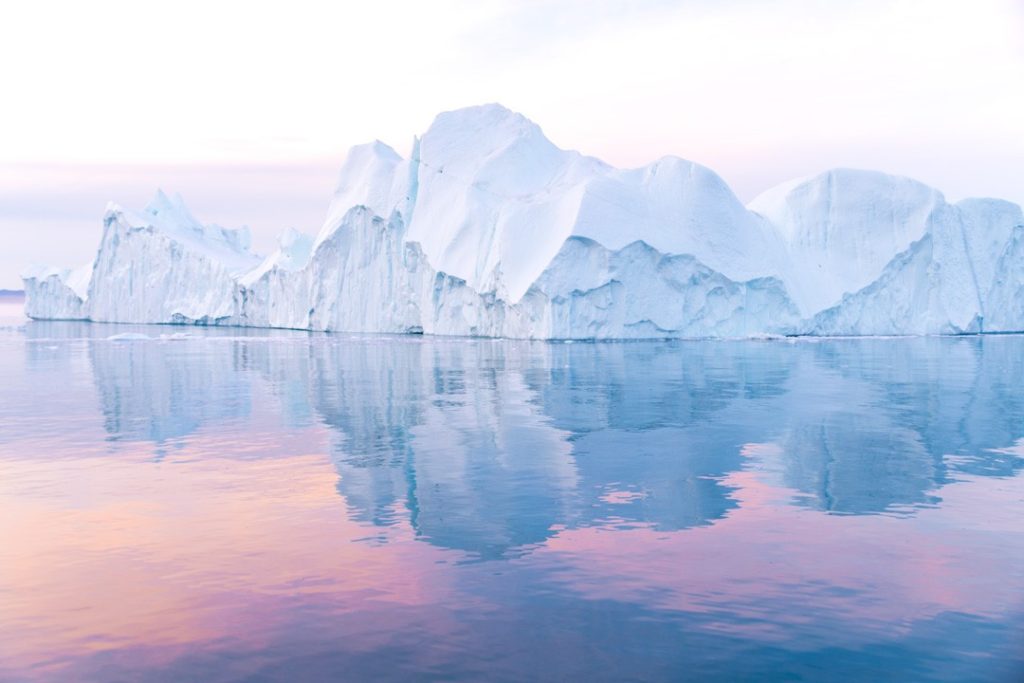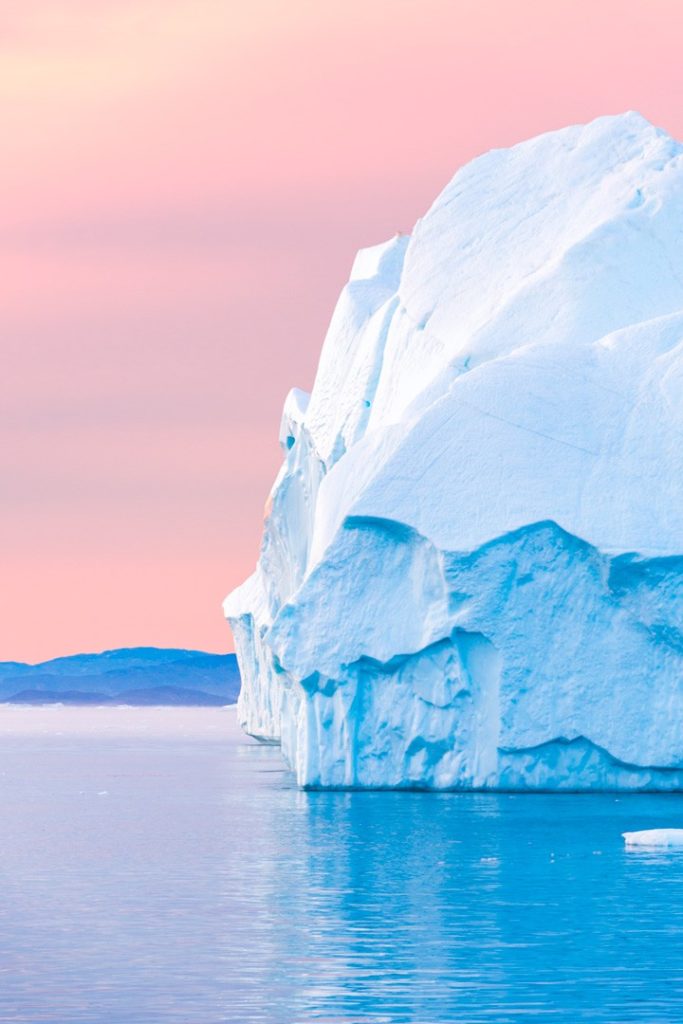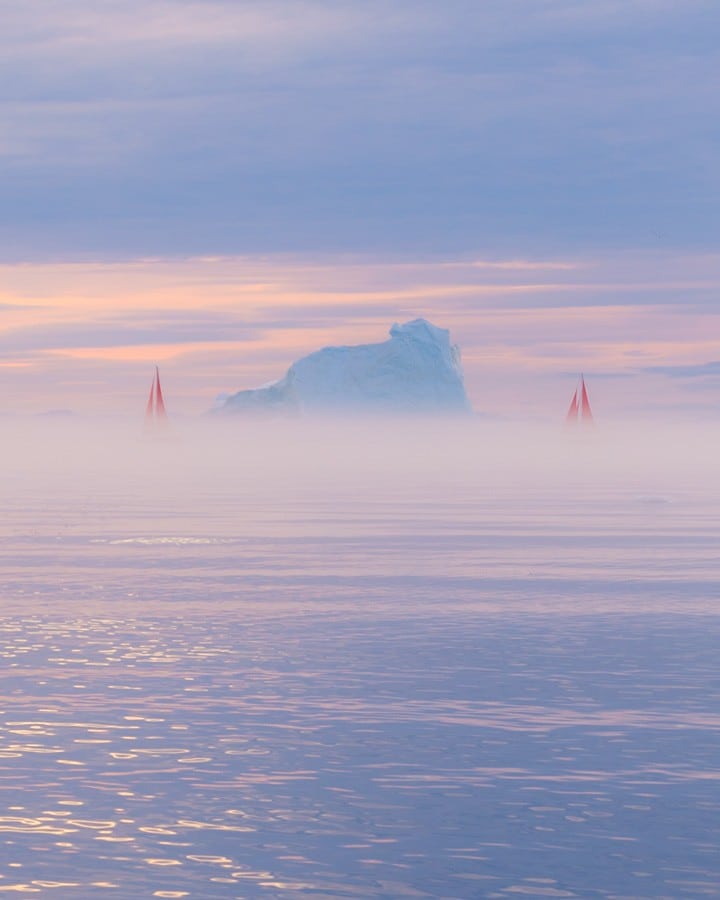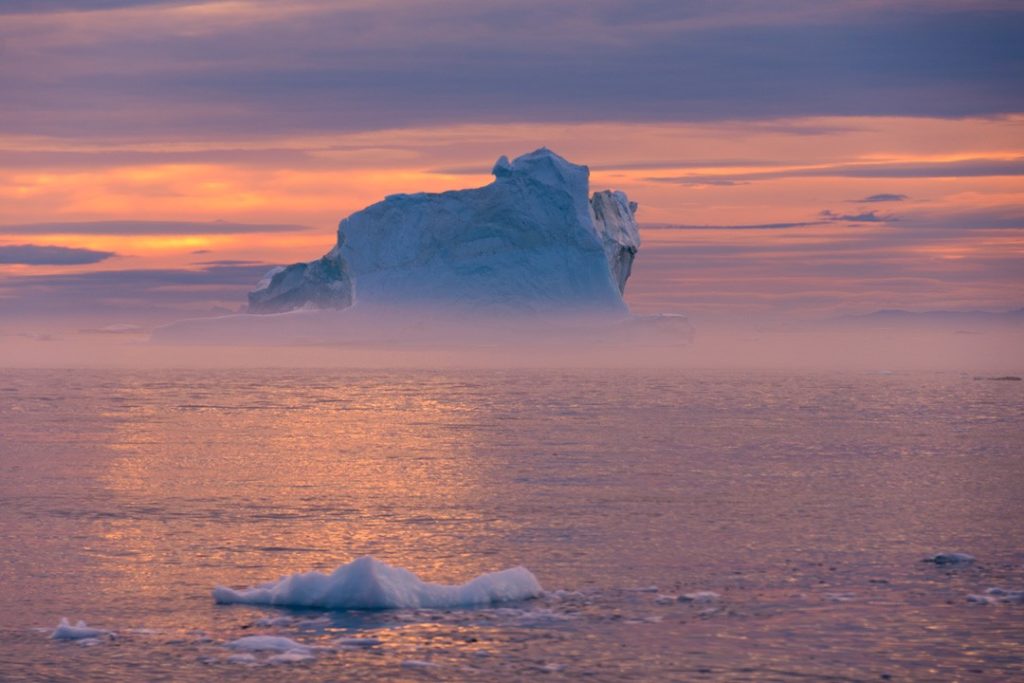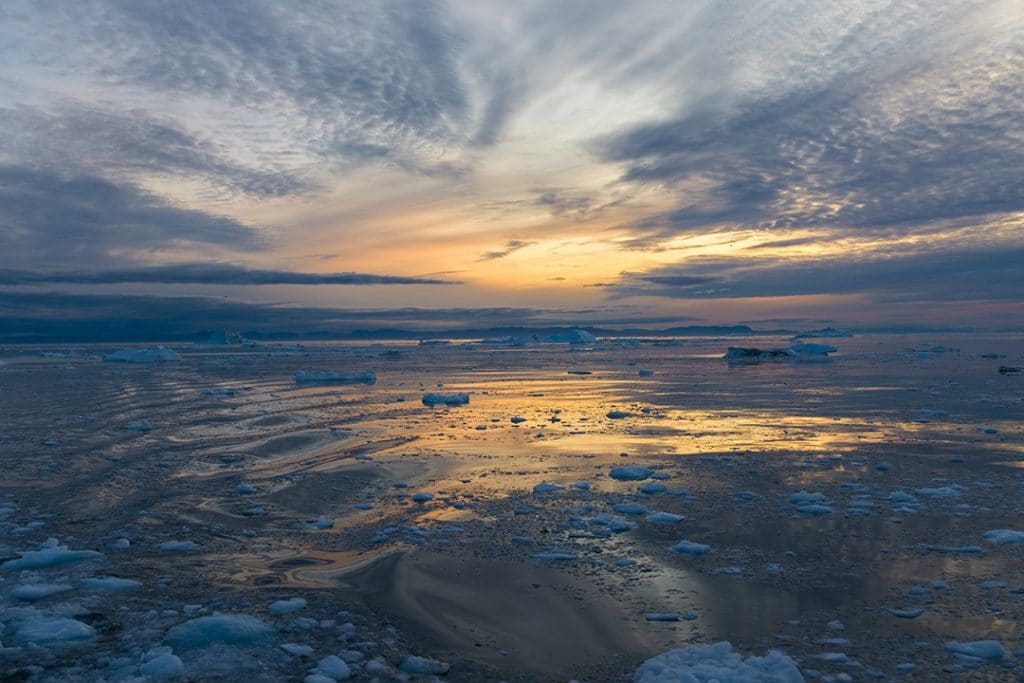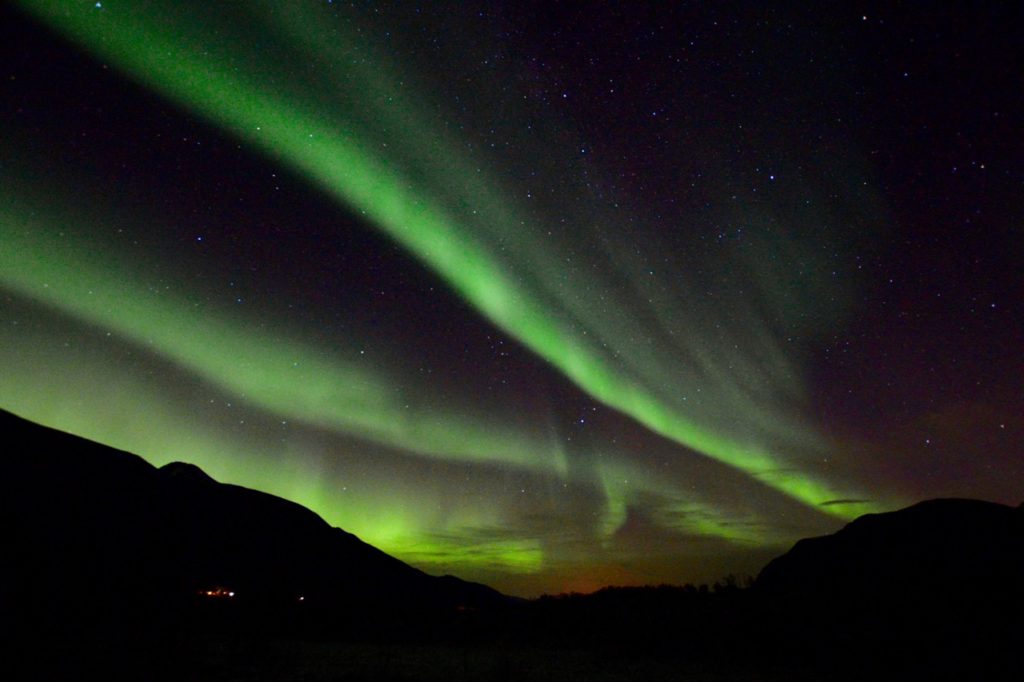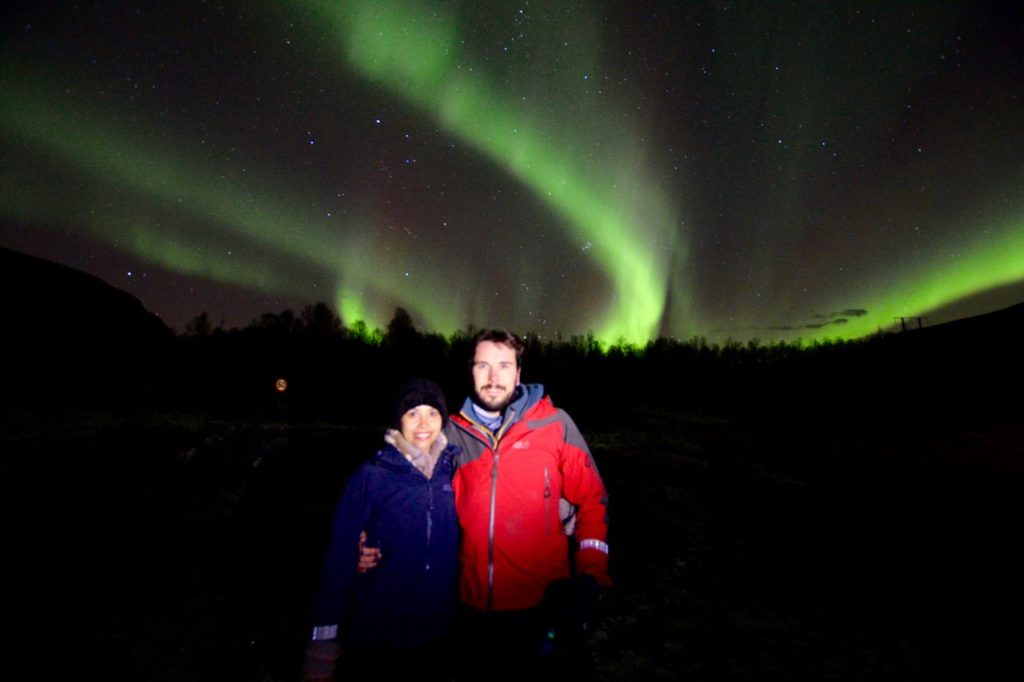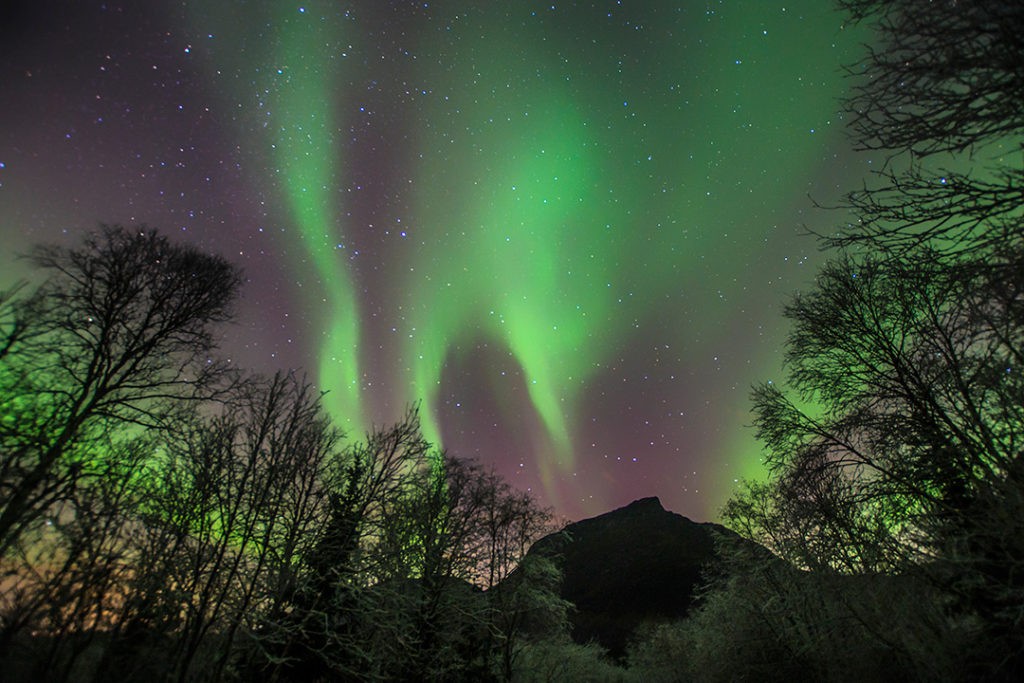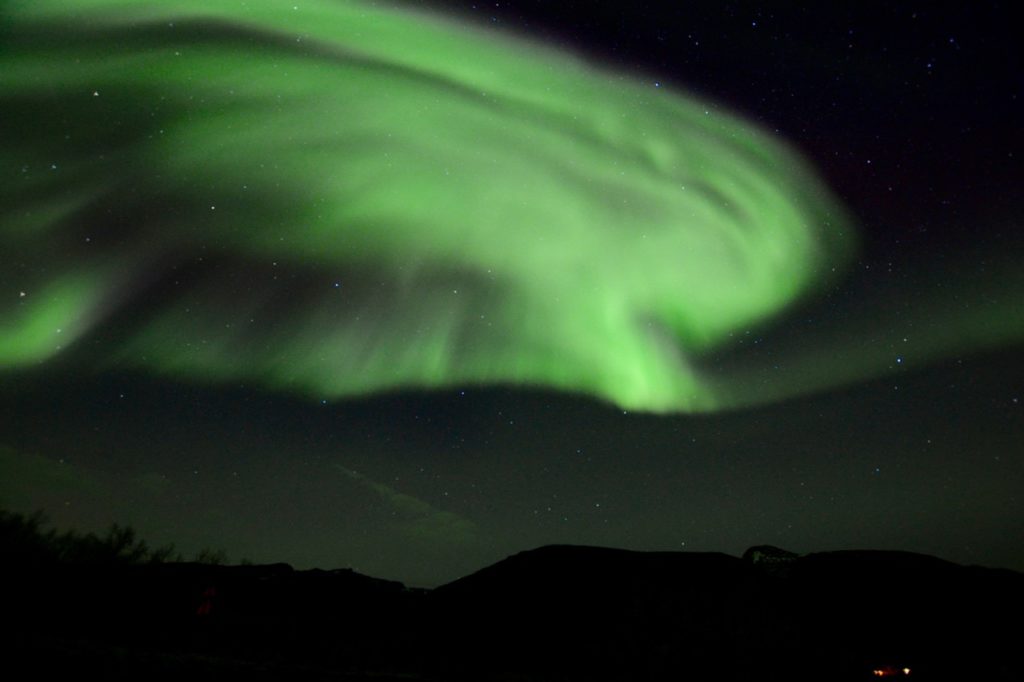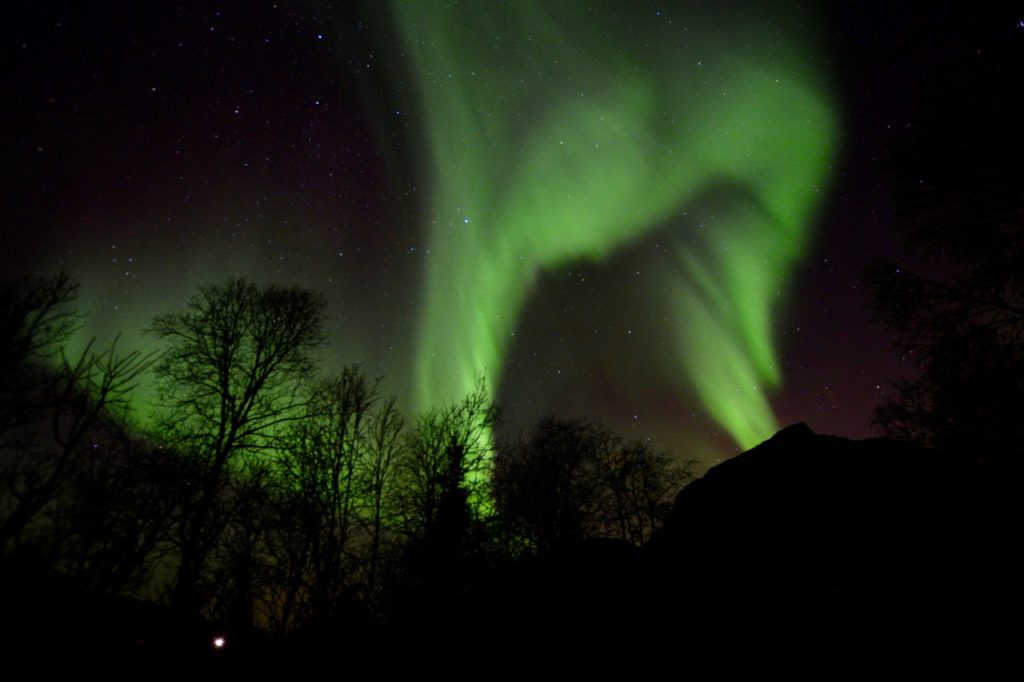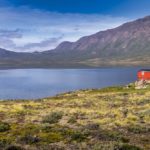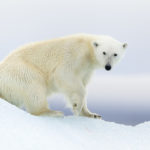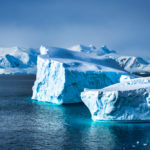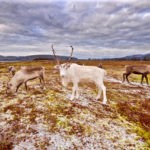A series of interesting facts about the Arctic, prompted by our recent trip to the Greenland ice sheet
Our first trip to the Arctic Circle delivered more than we had hoped for: stunning Northern Lights, a close encounter with Arctic reindeer and a night-time husky hike replete with husky puppies. Based in the city of Tromso, however, we saw little of the wilderness that defines the polar regions.
That was rectified on my recent trip to Greenland where I trekked the Arctic Circle Trail, hiked to the Greenland ice sheet and witnessed the midnight sun in Ilulissat. This brought to bear the true beauty of the Arctic region. The area is not just aesthetically appealing but historically rich and geographically fascinating, giving rise to myriad interesting facts about the Arctic. Here, we share the best of them.
Interesting facts about the Arctic
1. The Arctic is defined by scientists as the area above the Arctic Circle, a mathematical line that circles the globe at latitude 66°30′ N. Above it, there is at least one annual period of 24 hours during which the sun does not set and one during which it does not rise.
(Source: Britannica)
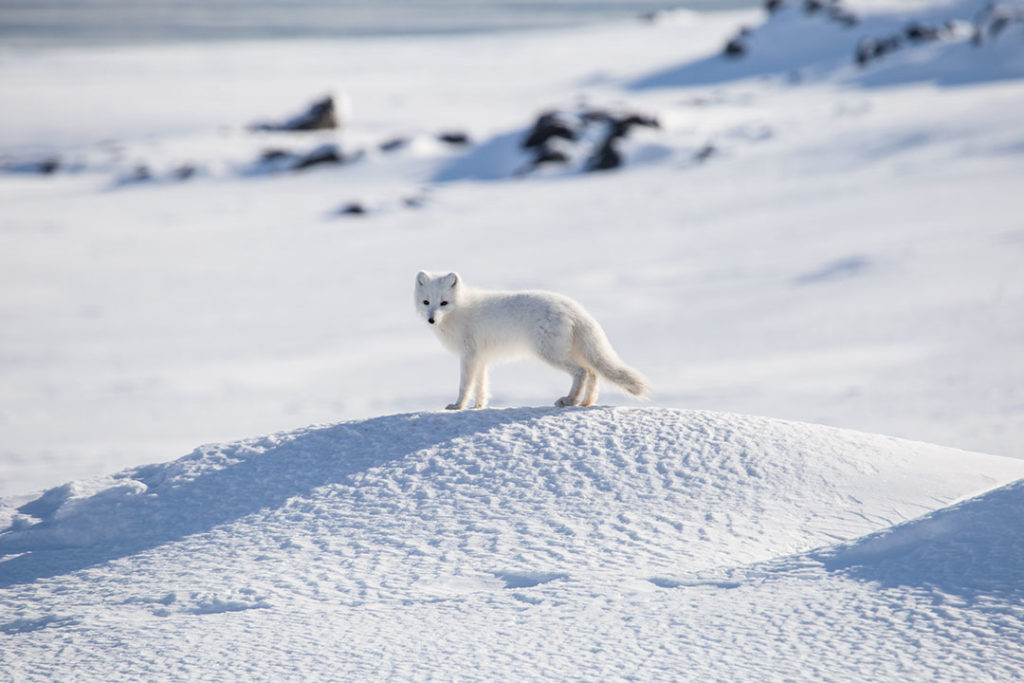
2. The Arctic consists of the Arctic Ocean and parts of Greenland, Iceland, Norway, Sweden, Finland, Russia, the USA (Alaska) and Canada.
(Source: Britannica)
3. In 1958, the USS Nautilus submarine journeyed beneath the frozen ice of the Arctic Ocean, proving that the enormous ice sheet covers water and not land. The Arctic is primarily ocean surrounded by land while Antarctica is primarily land surrounded by ocean.
(Source: BBC)
Atlas & BOots
Exploring Greenland under the midnight sun
4. In Svalbard in Norway, the sun never fully sets for 125 days from mid-April to mid-August. The ‘midnight sun’ is a natural phenomenon that occurs during the summer in locations north of the Arctic Circle and south of the Antarctic Circle.
(Source: Visit Norway)
5. Polar night is the opposite of midnight sun when the sun is not at all visible above the horizon. In Svalbard, the polar night lasts from mid-November to late January.
(Source: Visit Svalbard)
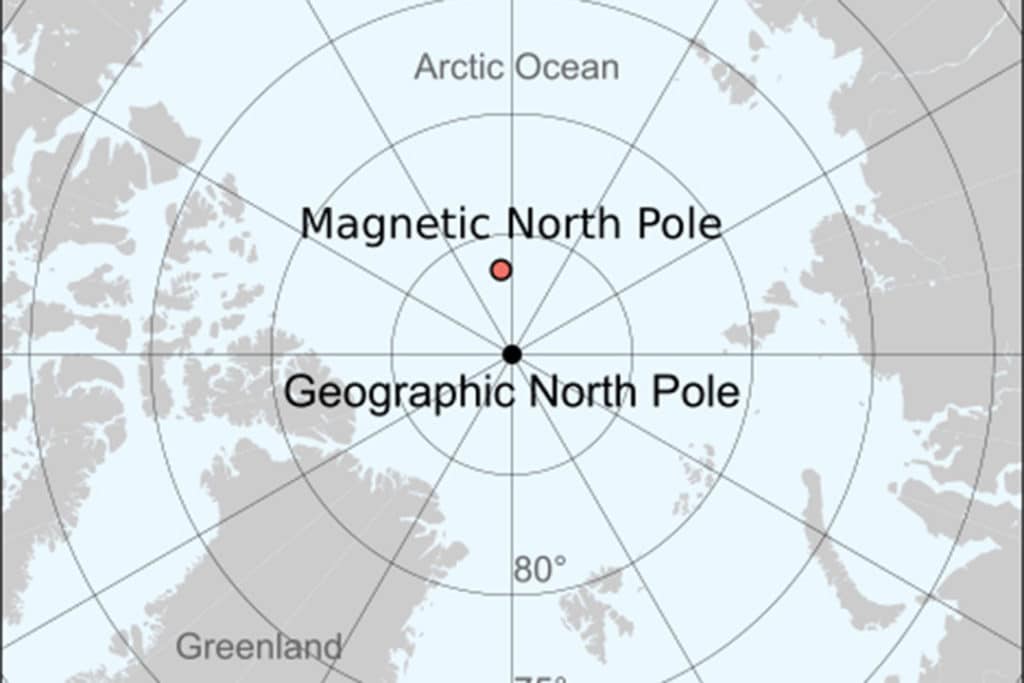
6. There is more than one North Pole. The northernmost point on the Earth’s surface is the Geographic North Pole, also known as True North. To the south lies the Magnetic North Pole towards which all magnetic compasses point. This point is not fixed and is constantly changing.
(Source: National Geographic)
7. American explorer Robert Peary was long credited as the first man to reach the Geographic North Pole (on 6th April 1909). In the 1980s, however, examination of his expedition diary and other documents cast doubt on whether he actually reached the pole. A combination of navigational mistakes and record-keeping errors may mean that Peary only advanced to a point 50-100km short of the pole.
(Source: Britannica)
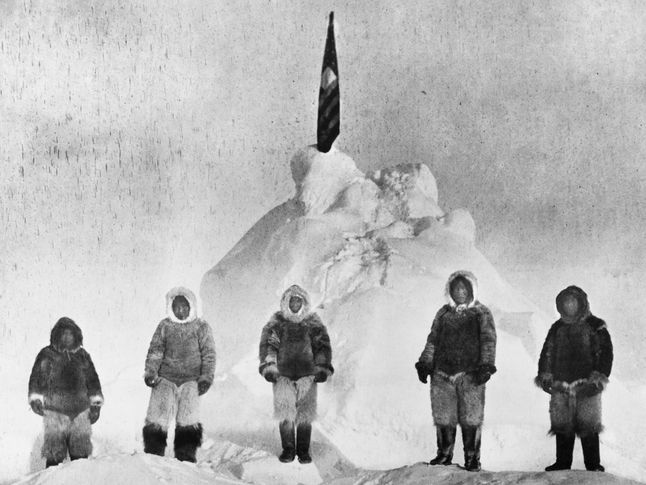
8. If you stand at the North Pole, you would be in every time zone at once because all the lines that demarcate time zones start at the North Pole.
(Source: The Washington Post)
9. The quest for the Northwest Passage, which would save untold time and money in trade between Europe and Asia, was one of the world’s hardest maritime challenges, requiring a hazardous journey through tens of thousands of giant icebergs. It was was not successfully navigated until 1906 when legendary Norwegian explorer Roald Amundsen and his crew made the voyage from Greenland to Alaska. It took three years.
(Source: Britannica)
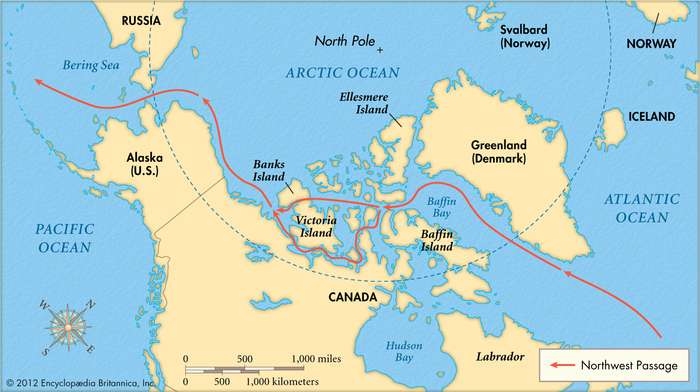
10. The word ‘Arctic’ comes from the Greek word for bear, Arktos. It’s said that this refers not to polar bears but to two constellations that can be seen in the northern sky: Ursa Minor (Little Bear) and Ursa Major (Great Bear).
(Source: Telegraph)
11. In the Arctic, average winter temperatures can be as low as -40°C (-40°F). Northern Greenland has registered temperatures as low as -70°C (-94°F).
(Source: Britannica)
12. Members of the Proto-Eskimo tribe are thought to be the first native residents of the Arctic Region. Today, more than four million people live in the Arctic with the indigenous population a minority.
(Source: National Geographic)
Atlas & BOots
Northern Lights seen on our trip to Tromso
13. The Arctic Circle offers an opportunity to see the famed Northern Lights or the ‘Aurora Borealis’. This stunning natural phenomenon occurs when charged particles from the sun become trapped in the Earth’s magnetic field, resulting in a magnificent light show.
(Source: National Geographic)
14. One of the most charming facts about the Arctic is that it’s the only place on Earth you will find the narwhal. These creatures are known as the ‘unicorn of the sea’. Male narwhals have a straight tusk projecting from the front of their head. These can grow to over 3m in length.
(Source: WWF)
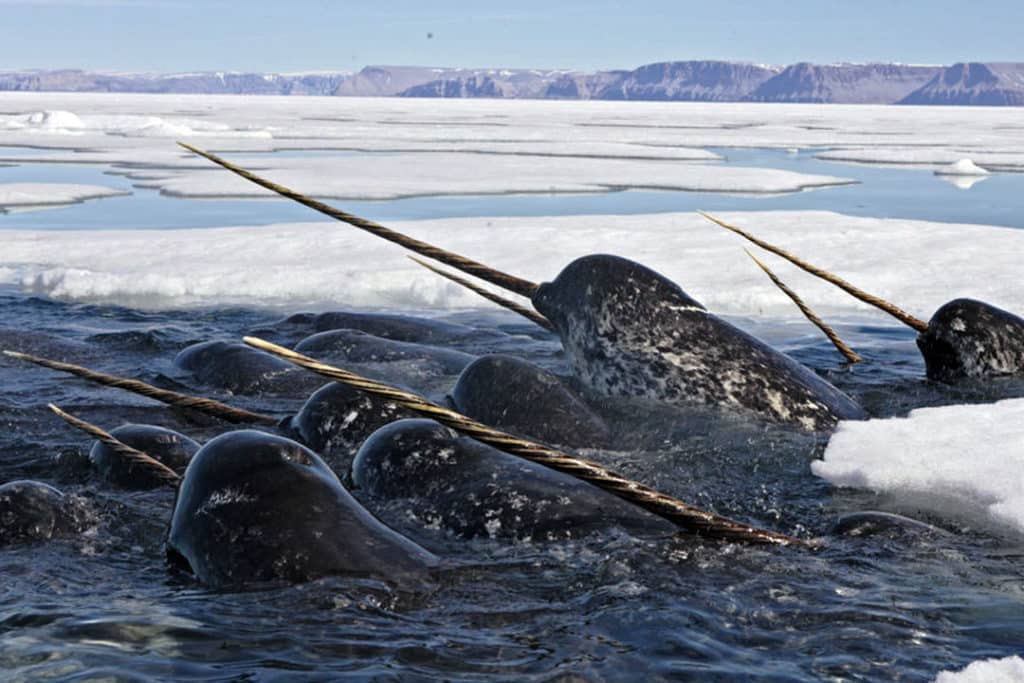
15. The Arctic is home to the world’s largest secure seed storage. The Svalbard Global Seed Vault currently stores 980,000 samples to protect against future natural or manmade disasters.
(Source: Crop Trust)
16. The Greenland ice sheet covers approximately 80% of the land surface of Greenland. It is generally thicker than 2km (3km at its thickest) and is the world’s second largest body of ice. Only the Antarctic ice sheet is larger.
(Source: Britannica)
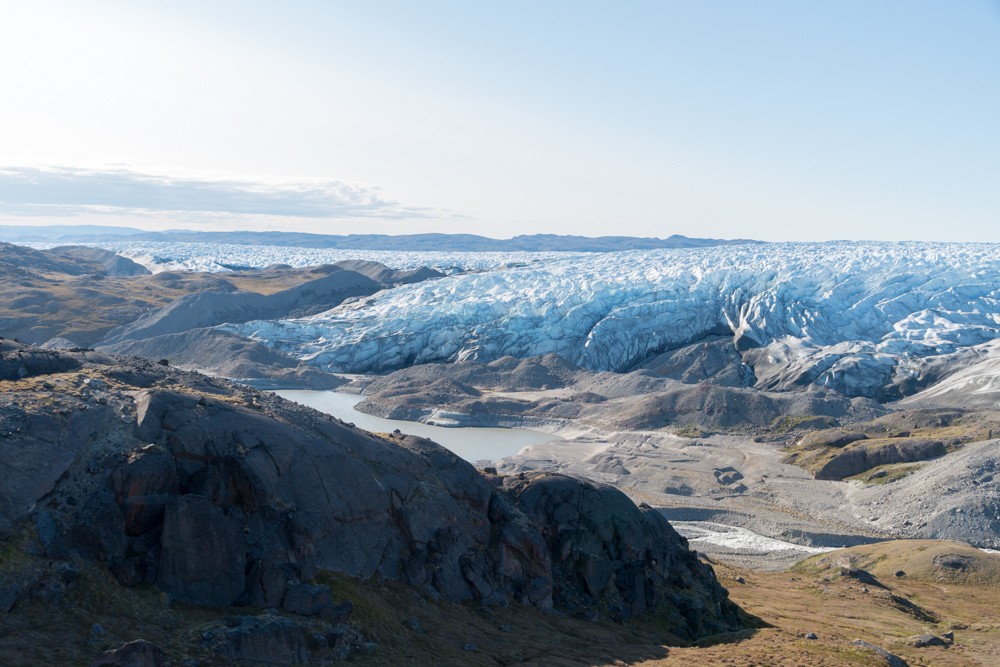
17. The Arctic Ocean is the smallest of the world’s oceans. At 14 million square kilometres, it is about a tenth of the size of the Pacific Ocean.
(Source: National Geographic)
18. The Arctic is warming twice as fast as anywhere else on Earth.
(Source: NOAA)
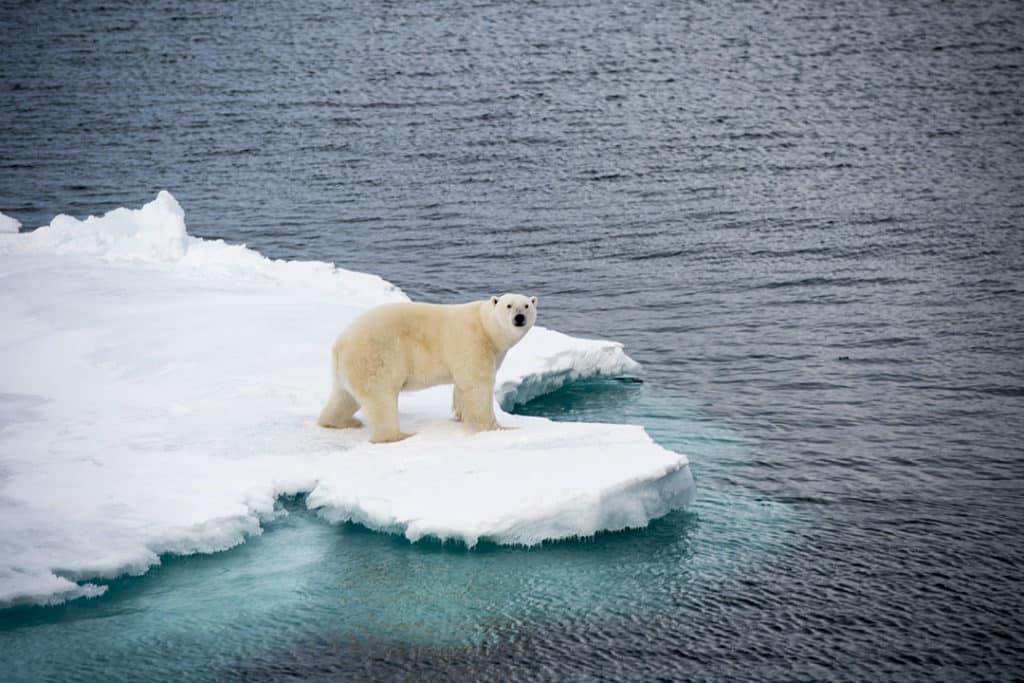
19. In 2018, the Arctic Ocean experienced its second-worst sea ice decline on record. Parts of Greenland were exposed to open ocean for the first time in millennia. Sea ice helps determine Earth’s climate. It is extremely bright and reflects back to space 80% of the sunlight that strikes it. The dark surface of the liquid ocean in comparison absorbs about 90% of solar radiation.
(Source: NSIDC, National Geographic)
20. The loss of sea ice poses a grave threat to polar bears. These marine mammals rely on the ice to hunt seal and are being forced onto land to find food which often proves scarce. This means that polar bears are literally starve to death.
(Source: WWF, National Geographic)
